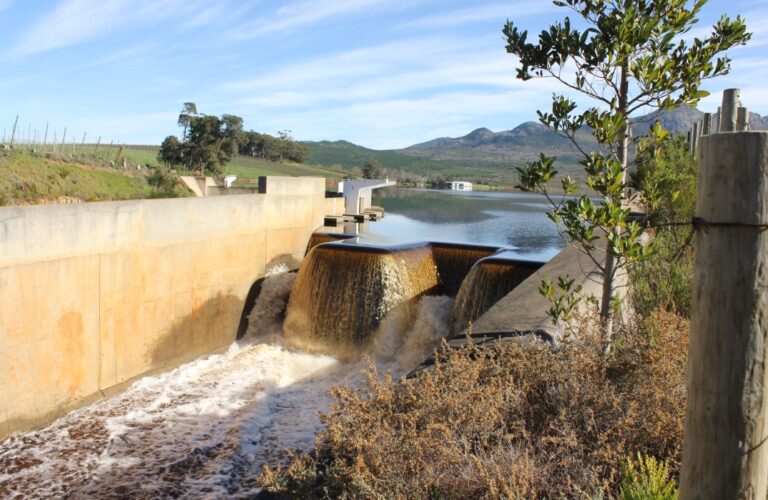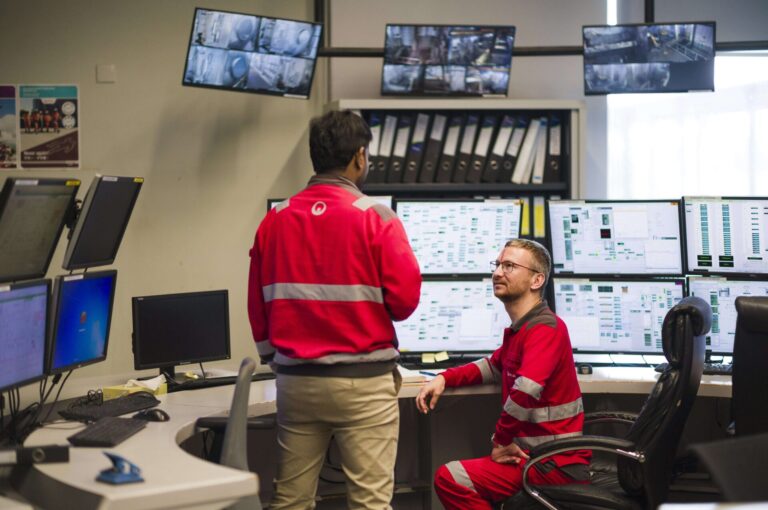Increasing diversity can help organizations remain competitive, productive, and profitable
Embracing diversity in the water workforce is more than just a good idea—it is a fundamental necessity.
The water sector employs a diverse range of occupations—including researchers, regulators, policy analysts, manufacturers, and operators—across all areas. At the same time, there is a need to recruit and retain non-traditional candidates—including women and young professionals—that will enable organizations to remain competitive, productive, and profitable.
To do this, organizations need to position themselves as diverse and inclusive employers. However, this is easier said than done.
In August 2020, Water Canada hosted a discussion that explored what the benefits are of increasing diversity and what strategies can be used to recruit a diverse workforce. Tara Mascarenhas from Students on Ice, Geni Peters from ECO Canada, Carli Lang from Water First, and Gillian Edwards from Stantec joined Actual Media’s Corinne Lynds for the discussion.
Benefits of a diverse workforce
There are a number of benefits related to increasing the diversity of Canada’s water workforce. These include increased financial performance, creativity, and productivity.
“Stats have shown that businesses that have boards made up of a diverse group tend to perform better financially in the long run,” says Edwards. “In addition, when you have the diversity, you end up with more opportunities for creativity and you have different perspectives that come in and make you think outside of the box, which can increase innovation and improve productivity. I think the benefits of a diverse workforce are immeasurable in terms of your ability to perform and your ability to be relevant in today’s society.”
Hiring and retaining a diverse workforce can also help organizations like Water First run training programs.
“For us, we are training a very diverse group of people,” says Lang. “They come from all sorts of backgrounds and some have learning related challenges. Having staff that can relate to different people really helps us deliver our training. I would say that it’s absolutely crucial.”
In addition to this, a diverse workforce is enabling Water First deliver its project-based work more effectively.
“For some projects, certain staff shine as the ones that really get the key to that particular group,” says Lang. “For other projects, it’s a completely different set of staff. I think it allows us to do our job better and to reach a broader group of individuals.”

Recruiting a diverse workforce
One of the challenges that’s come is that some companies aren’t aware of where they can recruit staff from diverse backgrounds. Naturally, the next question is: what strategies can these companies for recruitment?
“For Blue Futures Pathways, we have a job board that is free to use,” says Mascarenhas. “We are promoting the job board among diverse employers and we are seeking out diverse jobs across the country. In addition to this, we are encouraging diverse youth to apply to the jobs that are posted.”
“I think looking for a diverse workforce also means asking who do you partner with and where do you ask?” adds Mascarenhas. “Traditionally, Students on Ice uses its social media channels and other channels when it’s recruiting. But contacting other organizations, like newcomer organizations and Indigenous organizations, and putting the information in front of the right people in those organizations can be valuable.”
A key takeaway is that it’s important to meeting people where they are at. For example, universities can be good partners if you are looking to recruit students. Part of this process includes getting the information to the right people at the relevant organizations so that they can share job postings within their networks.
Reaching people is only on piece of the puzzle. We also need to consider what is included in job descriptions.
“Apparently, when people see job descriptions, men will apply for a position if they meet around 60 per cent of the criteria,” says Mascarenhas. “In contrast to this, women will not apply for the job unless they feel like 100 per cent of the criteria. When you’re recruiting, think about what is really essential. Maybe there are things in the job description that are not essential but rather are nice to have.”
Individuals posting jobs can consider the type of language that is being used. Mascarenhas notes that resources have shown words like “analyze,” “determine,” and “expert” are male-dominated words. In contrast to this, job descriptions that include words like “collaborate” and “support” tend to attract more female candidates. Carefully considering the language that is used in job descriptions can make them more inclusive.
“I liked what Tara said about checking your assumptions, how you’re writing the job posting, and what you’re looking for,” says Lang. “What does it really mean if you’re including things like ‘ability to work in a fast-paced environment?’ I feel very lucky to work for an organization that is flexible and recognizes that everyone comes with a different type of life. What we’ve tried to think about is how we review credentials, in addition to looking at who individuals are and what they bring to the organization in a broader more holistic way, rather than just looking for a graduate degree or whatever it might be.”
In the case of ECO Canada, its found that it has a more female-oriented workforce because it operates in the not-for-profit sector. However, the organization has made an effort to recruit a more diverse workforce.
“We’ve looked at ways to convey the importance of a mindful and respectful work environment,” said Peters. “That allows us to attract individuals from more diverse backgrounds. It’s sort of a cycle. We have a diverse workforce in our organization and that’s in part because we started off with a female-oriented leadership team.”
All in all, organizations can consider where they’re recruiting, along with what they’re including in job descriptions, when trying to attract individuals from diverse backgrounds.
Poll Question
We asked attendees about the biggest challenge related to increasing diversity in Canada’s water workforce. Here’s what they had to say









